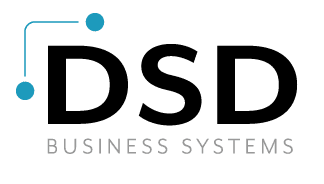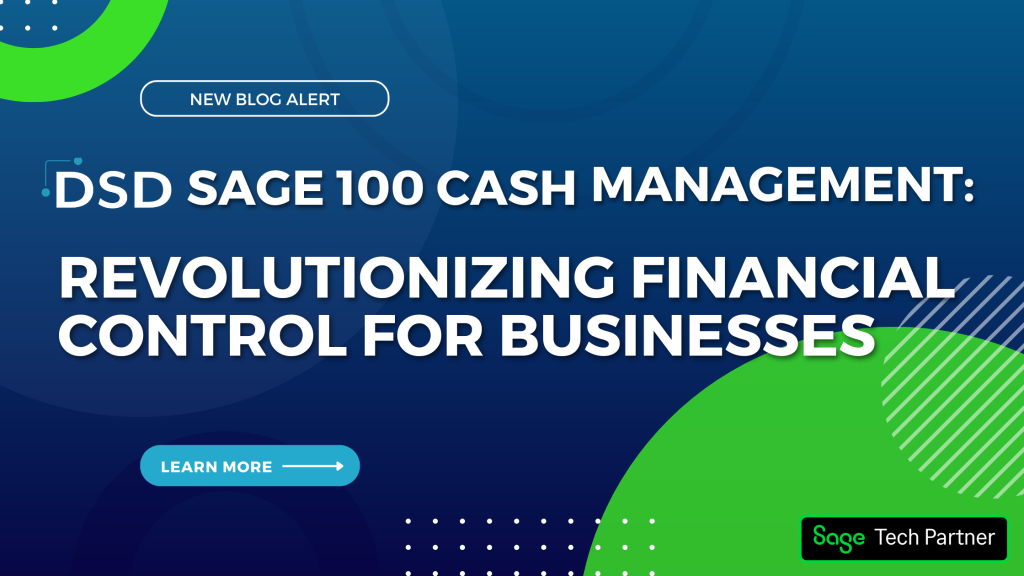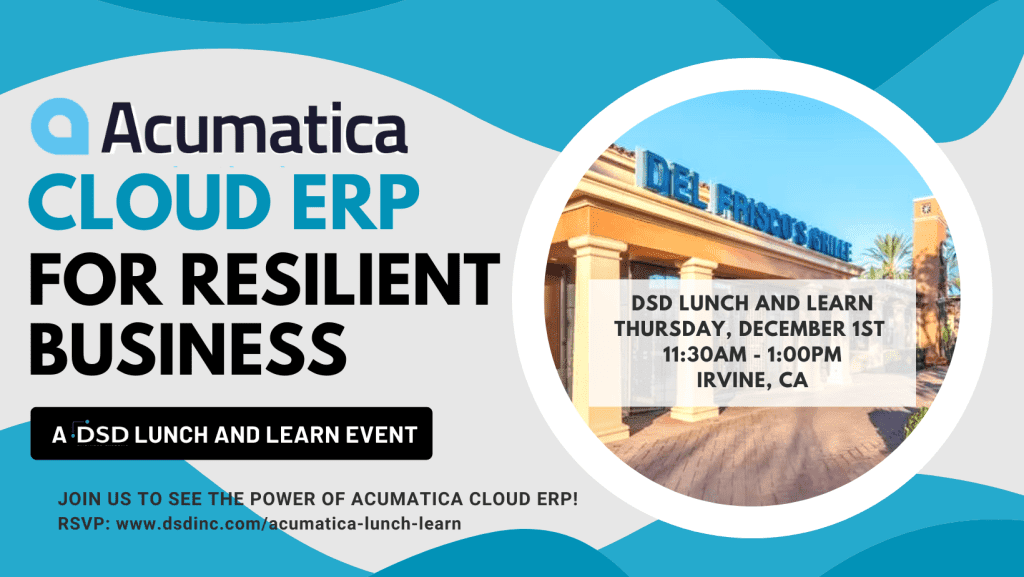Downsizing Your ERP System – Part 2
Blog by Doug Deane
In Part 1 of this article, I described some of the benefits and considerations that you should be aware of in downsizing your ERP system, and some of the challenges that you might face in doing so. In this installment, we’ll discuss the approach that you should take when evaluating downsized ERP packages.
It is critically important to do a thorough evaluation, in order to determine if the candidate systems are capable of handling all or most of your critical needs. This methodology is similar to any standard ERP software evaluation, but with consideration given to the special needs of a company that is downsizing:
- Business process review. Before you do anything, conduct a thorough business process review and analysis. Your ERP system is an extension of your business processes and you must document them before evaluating any downsized ERP packages. Most Tier 2 resellers are very capable of providing such a review, as are many CPA firms and business consultants. Cover any pain points, and list the strengths and weaknesses of your existing system. Be careful to include all areas of your business in which customizations were needed in order to accomodate your business processes. This will form the basis of the discussion that you will have with your prospective vendors.
- Hardware/IT infrastructure. Include your hardware and IT infrastructure standards in your evaluation. Although downsized software will probably run on your existing system, many Tier 1 systems run on proprietary devices and operating systems. You must fully understand whether the downsized system is compatible with your current IT environment. If not, this may dramatically change the associated ROI. You should also determine if the downsized system is compatible with your IT Director’s or CIO’s in-house standards, and if not, whether there is flexibility in these areas, based on the need to reduce costs.
- TCO. Determine the total cost of ownership (TCO) of the candidate systems. Some ERP software sales representatives are interested in downplaying the costs associated with their software. Be sure to uncover any hidden costs, including implementation and training costs, data conversion costs, annual software maintenance fees, associated hardware upgrade costs, etc. Also remember to obtain a proposal from your existing Tier 1 provider, for providing conversion data in a format that can be accessed by your new system. This information can dramatically change your ROI, and can turn a compelling reason to downsize into a marginal one. You should always ask for a fixed fee for the implementation services. Avoid contracting for the services on a time and material basis. And remember that very often, the lowest initial purchase price is not the lowest TCO. You get what you pay for.
- Implementation plan. You must ask for a detailed scope of work (SOW) for the implementation before making a purchase decision. The SOW should include (i) acknowledgment that your special needs and pain points have been addressed, (ii) a detailed breakout of any customization services, (iii) a project schedule including the impact on your own staff’s resources, (iv) a description of the testing process, and (v) an estimate of the data conversion services.
- Evaluate multiple options. There are many Tier 2 and Tier 3 ERP publishers and packages out there, each having distinct benefits and limitations. Avoid using a software vendor who only sells one particular ERP package. They will not be as objective as a reseller who has access to multiple ERP packages.
- Involve your staff. It is critically important for you to get your staff’s buy-in before you make a final decision. You are asking them to downsize their ERP software, which means they may lose some features which, although not critically important to your operations, probably make life a bit easier for them. Make them stakeholders in the evaluation process, and have them participate in the creation of the mission statement for your project.
If you follow these guidelines, downsizing from a Tier 1 ERP package can pay for itself in a short period of time, allowing you to stay afloat until the market has rebounded.
DSD business Systems excels at business process review and documentation, and would be happy to assist any company who is considering a downsized ERP system, in order to cut costs.
———————————–
Doug Deane is President of DSD Business Systems, a national provider of on-demand (cloud) and on-premises ERP and CRM software, specializing in wholesale distribution, manufacturing, warehouse management, inventory, business intelligence and eCommerce software. DSD offers Sage 100 (formerly MAS 90), Sage 300 (formerly Accpac), Sage 500 (formerly MAS 500), NetSuite, Sage FAS, Sage HRMS (formerly Abra), Sage CRM, Sage SalesLogix, Extended Solutions, and Custom Programming.




